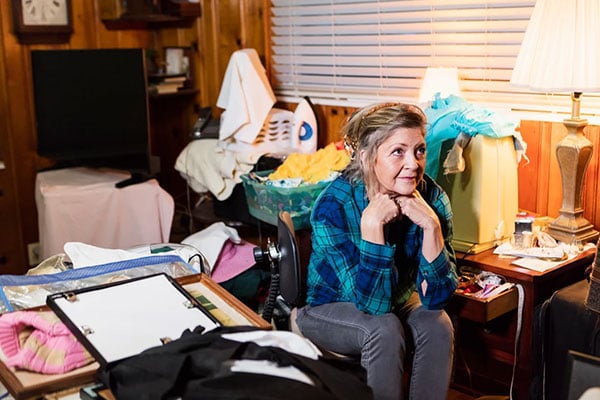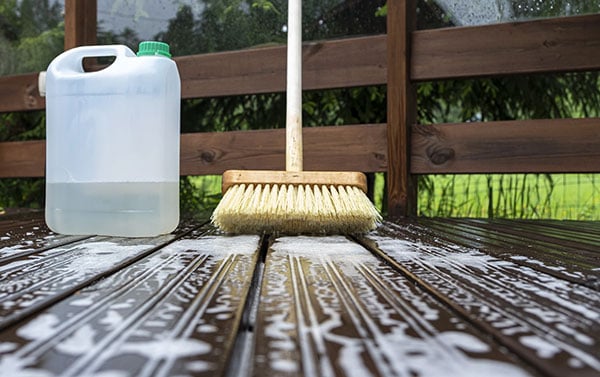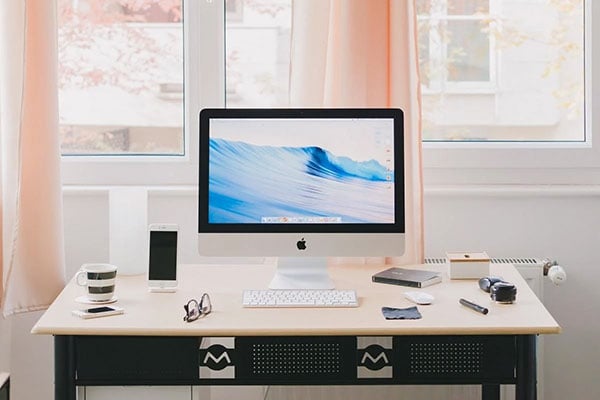Every year, over 200,000 people die from an accident, making it the fourth biggest cause of death in the United States. People dying from car accidents are only 25% of all from accidents. Unintentional home injuries account for about 75% of all accident deaths.
Even though you expect your home to be the safest place for you and your loved ones, many severe injuries and fatal accidents occur there. Home accidents affect children, adults, and the elderly. Many of these accidents are preventable.
Here are the top ten most common hazards that can put your family at risk and how to avoid them.
1. Poisoning
In 2020, over 2.1 million individuals sought guidance from the US poison control centers because of human poison exposure. 76.9% of all the reported cases were unintentional exposures.
Household items such as cleaning and maintenance supplies can present poisoning hazards at home. You can prevent these unintentional poison exposures through diligence and the right knowledge.
Keep all poisons in safe places, away from children's access. Do not store poisonous chemicals in unlabeled documents to avoid being mistaken for something else.
Make sure that medications, cleaning supplies, cosmetics, and any other health-hazard substance is out of reach from children.
2. Falls
Falls are one of the most common hazards at home. Elderly adults are the most likely victims of falls. Scattered toys, slippery floors, obstacles, and wet stairs can create the potential for falls.
Make your bathrooms with non-slip floor surfaces to avoid falls. Ensure that your environment is free from any material that can cause falls. If you have elderly adults at home, place help buttons throughout your home and give them wristbands with help buttons.
3. Choking
Choking is a scary experience that can lead to death. Both adults and children can choke on food. Young children are at a higher risk of choking themselves with toys or food going down the wrong way.
Cut food items into proper size before serving to children and adults, keep dangers out of reach and monitor your children during playtime. With proper safety measures, you can keep your family safe.
4. Drowning
Drowning can happen both in the swimming pool and bathtub. If you have a swimming pool, make a regulation fence and keep it closed. No child should swim without the presence of an adult who knows to swim.
Empty paddling pools after use. Monitor children when in the bathtub or playing near the water.
5. Carbon monoxide
Carbon monoxide is produced when a material is burning. Low exposure to carbon monoxide can cause dizziness and headache.
High exposure can lead to impaired vision, vomiting, and death. It is impossible to detect gas by sound, smell, or sight. Keep your family safe by installing CO detectors and hiring a technician to service your heating appliances regularly.
6. Fire Hazards
Fire hazards are very dangerous to your property and the people in your household. Common causes of residential fires include electric equipment and naked flames used at home.
Don't leave any naked flames or heating electric equipment on without supervision. Reduce the risk of a home fire by assessing all electric systems and equipment, maintaining fireplaces and chimneys, reducing flammable clutter, and never leaving cooking unattended.
7. Cuts
Sharp objects are the source of unintentional cuts on children and adults. If any household members have a minor cut, apply a little pressure to stop bleeding and apply an antiseptic.
For severe cuts, please seek medical attention as soon as possible. You can avoid cuts by keeping sharp items out of children's reach after use. Also, arrange knives downwards in the dishwasher to avoid scratches when packing them. Be careful when cutting fruits, onions, or other objects using sharp objects.
8. Burns
Dishwashers and stoves can cause burns. These appliances are risky for young children. Hot drinks are also a major cause of burns for children below five years.
Keep children away from hot objects, naked fires, irons, cookers, and other dangerous heat sources. In case of any burn, keep it under cold running water for ten minutes and assess the extent of the injury. Seek proper medication depending on severity.
9. Strangling
Children are the most likely victims of strangling. Kids can strangle things that seem harmless, like curtains and cords.
Make your children's room safe from dangerous items that can strangle them when playing or sleeping. Teach your children not to engage in games or activities that can lead to strangulation.
10. Suffocation
Children can get stuck in positions that prevent them from breathing. Sometimes children can cover their heads with a pillow or blanket and be unable to breathe. Some items, such as trash bags, cords, ropes, and strings, can also suffocate children. Keep your children safe from dangerous objects and ensure they sleep in a secure environment.
Safety First
Awareness of household hazards can prevent things from going wrong. Please take notice of these ten common home hazards and how to prevent them from happening. Keep your family safe from home accidents and save your property from damage.





